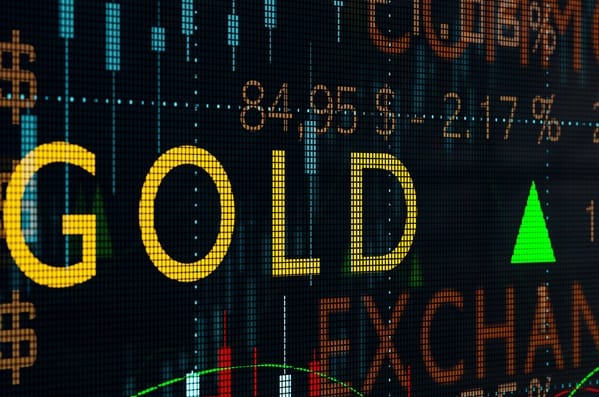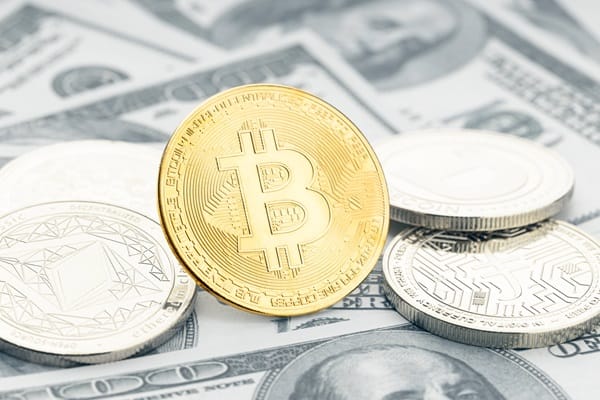Bussiness
Gold price declines amidst cautious stance by the Federal Reserve – London Business News | Londonlovesbusiness.com

The price of gold declined during Wednesday’s morning trading, reaching $2,412 per ounce, after hitting an all-time high of $2,450.
It then dropped below the highest level recorded on April 12 at $2,431, following the dollar’s recovery of some of its gains.
The light economic agenda is making traders rely on statements from the Federal Reserve, which has remained cautious about indicating when it might start cutting interest rates.
It’s worth noting that Wall Street indices are still in positive territory, putting negative pressure on safe-haven assets like gold.
Although gold is intended as a “hedge” against inflation, investors are hesitant to forgo stock market gains, especially since Federal Reserve officials are committed to keeping interest rates steady until it’s confirmed that inflation is decreasing at a reasonable and sustained pace.
Interestingly, despite these circumstances, U.S. Treasury yields have declined, which is an unusual market occurrence. The benchmark 10-year U.S. Treasury bonds fell by three and a half basis points to 4.41%, while the yield on 10-year Treasury Inflation-Protected Securities (TIPS), which inversely correlates with gold prices, dropped by three basis points to 2.081%. Nonetheless, gold prices remained weak.
Markets are now awaiting the release of the minutes from the latest Federal Reserve meeting today. On Thursday, initial jobless claims in the United States are expected to show that the labor market is stabilizing. Therefore, I believe the Federal Reserve doesn’t think further interest rate hikes are necessary but will need some convincing data before supporting cuts anytime soon.
Federal Reserve officials also believe the U.S. central bank should be cautious about this move, preferring to wait longer before cutting rates to ensure inflation does not start to rebound. Cleveland Federal Reserve President Loretta Mester stated that keeping interest rates high and steady is not a concern at the moment given the strength of the labor market.
From my perspective, financial markets currently expect the first rate cut to happen in September at the earliest, with two quarter-point cuts before the end of the year. Meanwhile, the United States has officially announced increased tariffs on a wide range of Chinese goods, while China is considering increasing temporary tariffs on certain types of cars. The escalation of these tensions between the two countries is likely to cause high volatility in gold prices in the near to medium term.










